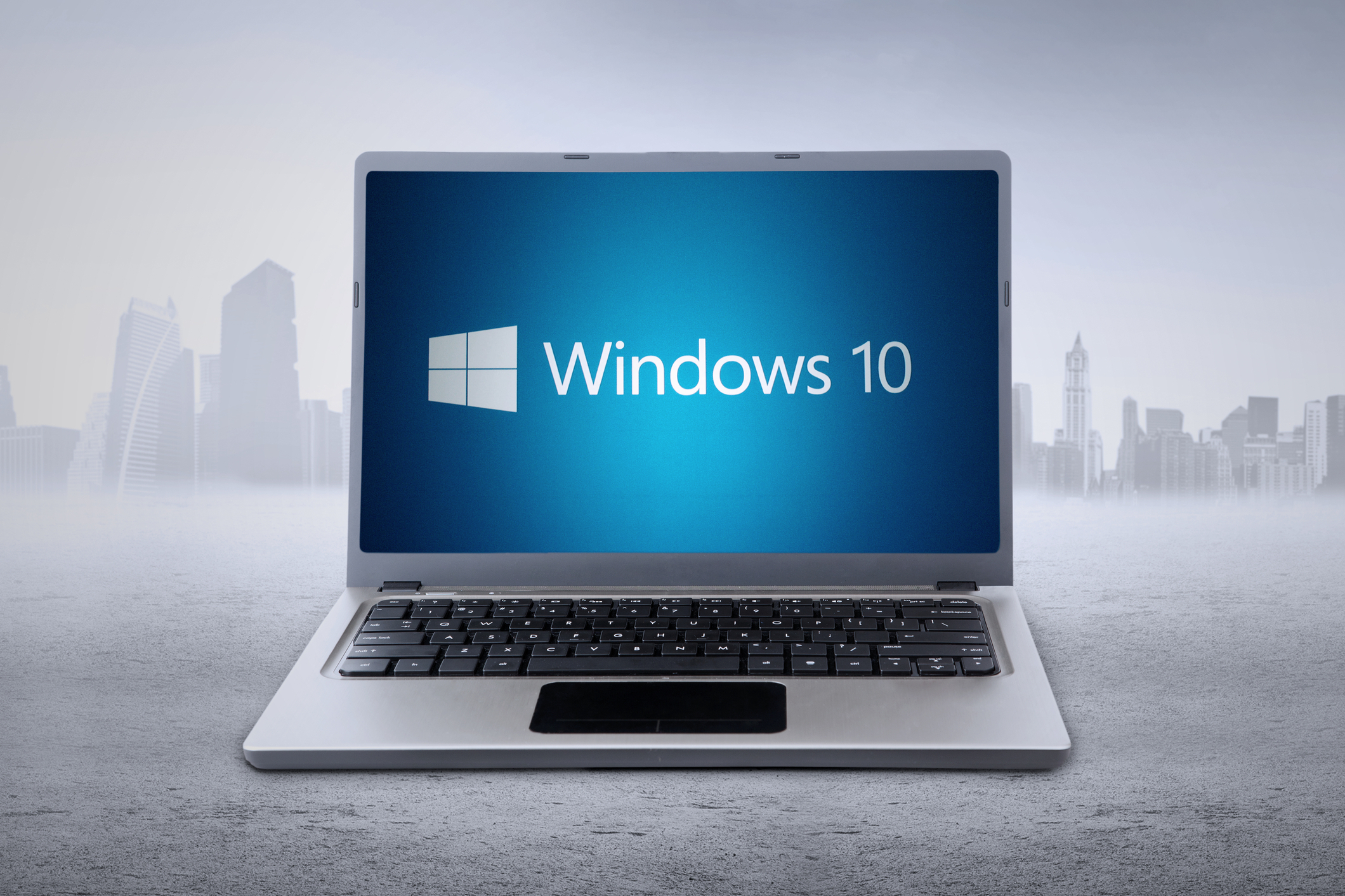Top Stories
Nearly Half of PCs Still Use Windows 10 As Support Ends Soon

Close to half of all personal computers currently operate on Windows 10, despite the impending end of support slated for October 2025. Executives from prominent PC manufacturers Dell and HP confirmed that the transition to Windows 11 is ongoing but slower than previous upgrade cycles. This situation presents both challenges and opportunities, as companies navigate the shift amidst rising PC prices and increasing demand for AI-enabled devices.
During recent earnings calls, Enrique Lores, CEO of HP, noted that the upgrade cycle would continue through 2026, albeit with a notable lag compared to past years. “When we look at the total conversion, we are behind what we have been in other years,” he stated. The initial upgrades are primarily occurring within enterprise environments, while small and medium-sized businesses (SMBs) are taking longer to adapt.
Lores emphasized that many SMBs might opt for Microsoft’s Extended Security Updates (ESU) program, which allows businesses to purchase additional support for Windows 10 in yearly increments until October 2028. The costs for the ESU are significant: $61 per device for the first year, increasing to $244 by the third year.
According to Ranjit Atwal, research director at Gartner, many businesses are hesitant to switch to Windows 11 due to budget constraints or perceived lack of benefits. As a result, companies taking advantage of the ESU program are expected to gradually transition to Windows 11 over the next year.
In terms of market dynamics, HP reported an 8% increase in consumer shipments of AI PCs in the third quarter, while commercial shipments grew by 3% compared to the same period last year. HP’s Personal Systems Group experienced a 6% year-over-year revenue increase, with AI PCs making up about 25% of their total shipments. Lores noted that this figure was a “full quarter ahead of target.”
Conversely, Dell reported a 7% decline in consumer revenue, although the company benefitted from increased profit margins due to higher PC prices. Jeff Clarke, vice chairman and COO of Dell Technologies, stated, “We expect moderate growth as the PC refresh continues, driven by an aging installed base and the Windows 10 end of life.” He highlighted the opportunity presented by the significant number of PCs that cannot run Windows 11, allowing for continued upgrades of older systems.
According to data from IDC, global PC shipments increased by 6.5% year-over-year in the third quarter of 2025, while Dell’s shipments fell by 3.2%. Dell ranked third in shipments behind Lenovo and HP, both of which experienced growth during the quarter.
AI PCs are positioned as a focal point of HP’s strategy, with Lores indicating that demand will be driven by applications leveraging new capabilities, citing examples such as Zoom and Adobe utilizing AI chips. Gartner anticipates that AI PC shipments will reach 77.8 million units this year, constituting 31% of the global PC market. Projections indicate this number could rise to 143 million units by 2026, surpassing 50% of total PC sales.
While many benefits of AI PCs can still be accessed on non-AI devices, Atwal noted that advancements in software will eventually necessitate on-device AI processing. This shift promises more advanced features, particularly for tasks involving personal or sensitive data.
Pricing trends are also a significant factor in the current market landscape. Lores mentioned that AI PCs certified as Copilot+ by Microsoft are seeing price increases of 5% to 10% compared to non-AI units. Additionally, tariffs on imported goods, particularly from China, have contributed to rising average selling prices across the board.
Jitesh Ubrani, research manager at IDC, explained that manufacturers are facing increased costs associated with shifting production away from China due to tariffs. “There are costs associated with moving the supply chain, and these impact profitability,” Ubrani stated. Although some tariff exemptions apply to PCs from countries outside China, the overall price increase appears inevitable.
Both HP and Dell have successfully mitigated tariff impacts in the past through strategies like increasing non-tariff inventory and relocating production. However, according to Atwal, these options are rapidly diminishing, necessitating price increases to address remaining tariff-related costs.
Trade-related challenges have led HP to relocate production to various countries, including the US, Thailand, Mexico, and Vietnam. Dell is also making a one-time investment to explore new production sites, highlighting the ongoing adjustments in the industry.
As the deadline for Windows 10 support approaches, the landscape for PC manufacturers remains dynamic. The ongoing upgrade cycle, combined with the rising demand for AI-enhanced devices and increasing prices, will shape the future of the PC market in the coming years.
-

 World4 months ago
World4 months agoTest Your Knowledge: Take the Herald’s Afternoon Quiz Today
-

 Sports4 months ago
Sports4 months agoPM Faces Backlash from Fans During Netball Trophy Ceremony
-

 Lifestyle4 months ago
Lifestyle4 months agoDunedin Designers Win Top Award at Hokonui Fashion Event
-

 Entertainment5 months ago
Entertainment5 months agoExperience the Excitement of ‘Chief of War’ in Oʻahu
-

 Sports4 months ago
Sports4 months agoLiam Lawson Launches New Era for Racing Bulls with Strong Start
-

 World5 months ago
World5 months agoCoalition Forms to Preserve Māori Wards in Hawke’s Bay
-

 Health4 months ago
Health4 months agoWalking Faster Offers Major Health Benefits for Older Adults
-

 Lifestyle4 months ago
Lifestyle4 months agoDisney Fan Reveals Dress Code Tips for Park Visitors
-

 Politics4 months ago
Politics4 months agoScots Rally with Humor and Music to Protest Trump’s Visit
-

 Top Stories5 months ago
Top Stories5 months agoUK and India Finalize Trade Deal to Boost Economic Ties
-

 Health2 months ago
Health2 months agoRadio Host Jay-Jay Feeney’s Partner Secures Visa to Stay in NZ
-

 World5 months ago
World5 months agoHuntly Begins Water Pipe Flushing to Resolve Brown Water Issue









